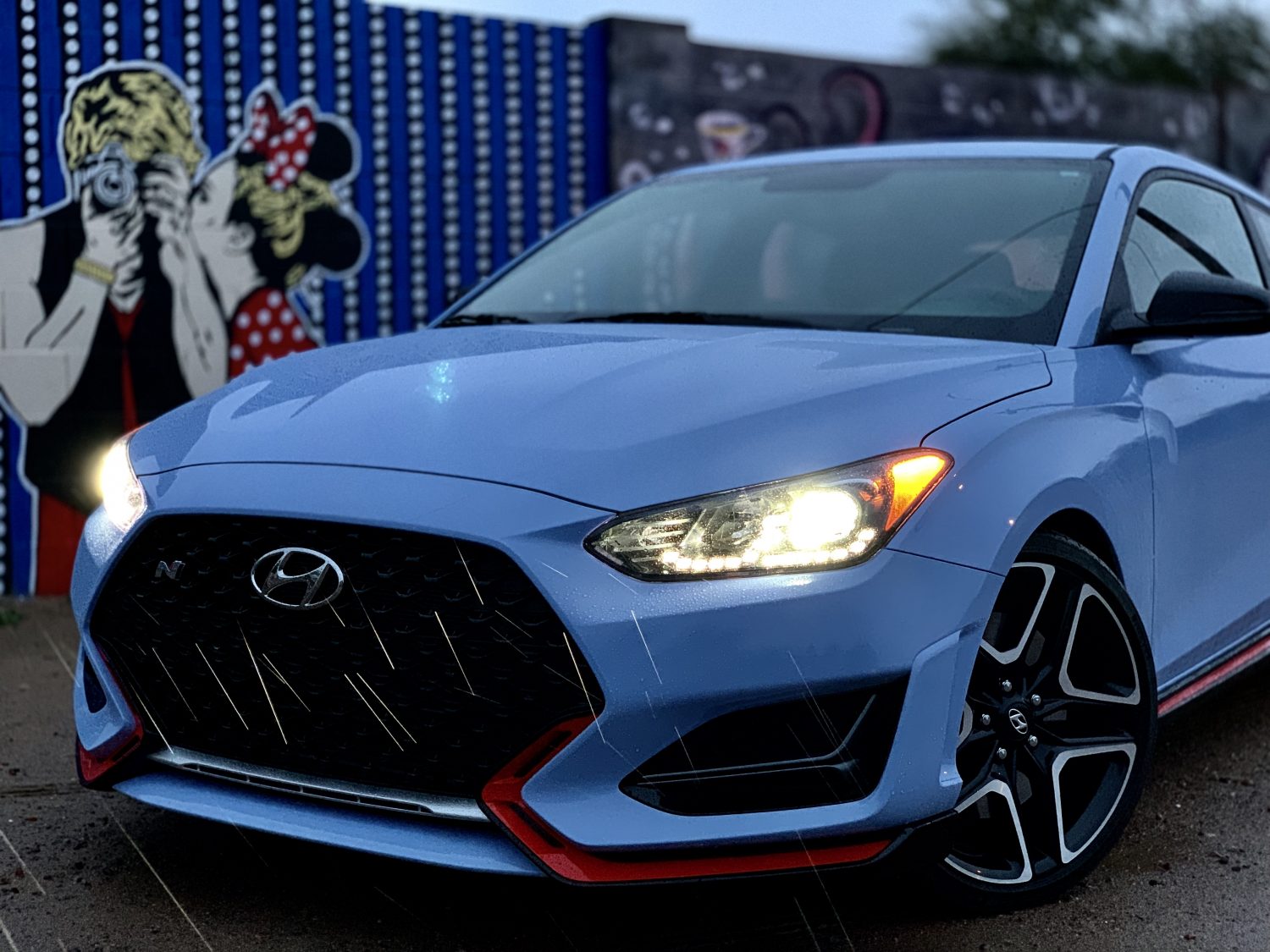
In Norway, almost all cars had stick shifts since car rationing was lifted in 1960 (until 2010). I don’t think the size of the car or clogged streets mattered.
#A stick shift car free
Yet, there is an important feature of the world that still seems to escape many of our contemporaries: as long as some free market exists and a small minority of consumers are, whatever their reasons, willing to pay for stick-shift cars, they will continue to be produced. More seriously, compared with government apparatchiks, car salesmen are saints, as long as they don’t want to rule over others. New industries will not just happen as the automobile industry did they will have to be foreseen, to be argued for, to seem probably desirable features of the whole economy before they can be entered upon. Perhaps the salesman, assuming he was also well versed in the history of economic thought, was envisioning the future advocated by Rexford Guy Tugwell, the socialist economist of FDR’s time? In a 1932 American Economic Review article, Tugwell wrote: As we know, politicians and bureaucrats are more rational than consumers. If my old (or deceased) car salesman forgives me for using him as a teaching scapegoat, we may imagine that his implicit and muddled theory was that decisions on which sorts of car to manufacture would soon be made by the government.
#A stick shift car manual
“It’s not a statement against electric cars so much as I’m going to try to enjoy the type of driving that’s the most fun to me until I can’t anymore,” says 26-year-old Lucas Marcouiller, an engineering salesman in Warwick, R.I., who has purchased three manual vehicles. The Autotrader marketplace reports a 13% rise in page views for new manual cars in 2023 compared with this time last year. Power, up from 1.2% last year and a low of 0.9% in 2021.
#A stick shift car manuals
Manuals accounted for 1.7% of total new vehicle sales in 2023, according to data analytics company J.D. A few highlights from the WSJ:įollowing a decades long decline, three-pedaled vehicles are experiencing a modest but real resurgence. The demand for stick-shift transmissions is also increasing in high-end cars. A mother gave a stick-shift to her son, reflecting that he was thus less likely to text while driving.

Remember that individual preferences are subjective.

The new appeal comes mainly from younger consumers intent on “taking control of their clutches” or looking cool. At that time, stick-shift cars cost less at purchase, in gasoline, and I think on long-term maintenance trade-offs had to be made.Īccording to an interesting Wall Street Journal story, the small demand for sticks is on the rise, even if their cost advantage has disappeared (Rachel Wolfe, “ The 20-Somethings Fueling a Stick-Shift Renaissance,” March 1, 2023). It also depends on budget constraints, the second factor in consumer choices. I remember thinking, and perhaps arguing, that this depends on consumers’ preferences. But one does not fool an economist so easily. I remember the salesman confidently asserting, as if he had a serious theory to back up his opinion, that all cars would soon come with an automatic transmission. Back in 1976-it was another world, wasn’t it?-I purchased a Ford Granada in California.


 0 kommentar(er)
0 kommentar(er)
